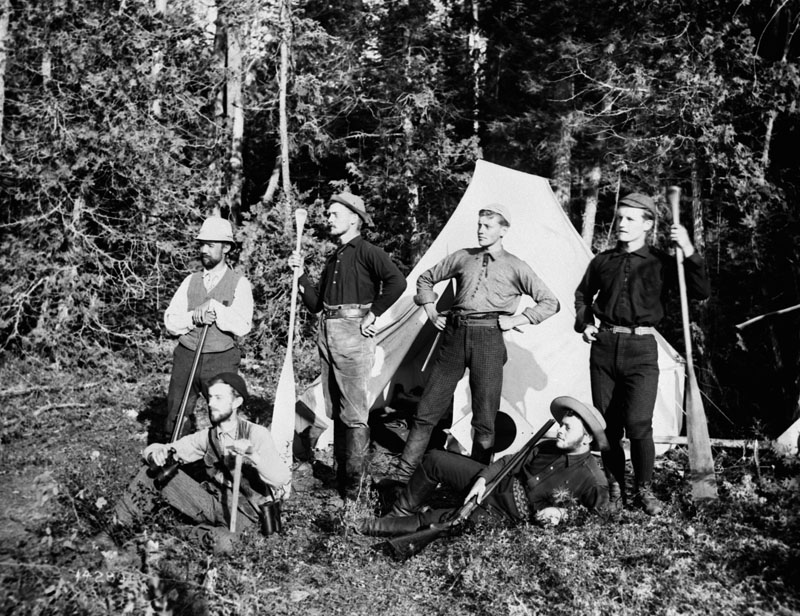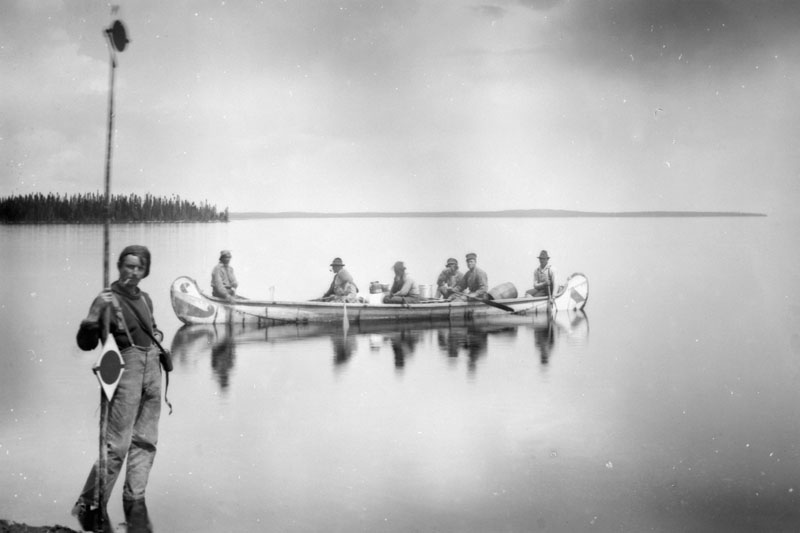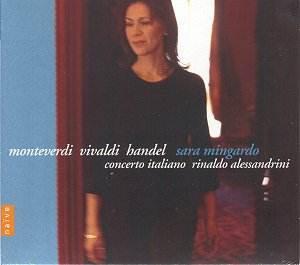During my couple years in London there was concern about the dangers faced by school children going to school in the dark. I wonder why that's not an issue here.
Here's the piece on DST:
Resource of the Week
By Shirl Kennedy, Deputy Editor
It's getting to be that time of the year again here in most of the U.S. We'll be turning our clocks back one hour, on the last Sunday in October, which marks the end of Daylight Saving Time...until April 2, 2006, the first Sunday in April, when we set our clocks ahead one hour for another DST go-around. What the heck is this all about, anyhow? How did it start? Is it done in other countries? Check out this week's resource and become a fountain of information about Daylight Saving Time.
Dayline Saving Time (DST)
Source: Web Exhibits (Institute for Dynamic Educational Advancement)
Daylight Saving Time
"The main purpose of Daylight Saving Time (called 'Summer Time' many places in the world) is to make better use of daylight. We change our clocks during the summer months to move an hour of daylight from the morning to the evening. Countries have different change dates." You probably already knew this, but maybe you didn't know...
+ This past August 5, President G.W. Bush signed the Energy Policy Act of 2005 (PDF; 2.6 MB) which -- among its many other provisions -- moves up the start of DST to the second Sunday of March, and pushes the ending back the first Sunday of November. The Secretary of Energy will report to Congress regarding the impact of this on energy savings, and Congress reserves the right to revert back to the previous schedule.
+ "In the European Union, Summer Time begins and ends at 1 am Universal Time (Greenwich Mean Time). It starts the last Sunday in March, and ends the last Sunday in October." Unlike in the United States, where each time zone switches over at the same time, all the EU time zones change simultaneously. Some counties -- mostly equatorial and tropical -- do not observe DST because the daylight hours are pretty much the same year round in the lower latitudes. But most other countries do, to one extent or another.
+ Benjamin Franklin is generally credited with the idea of DST in "a discourse on the thrift of natural versus artificial lighting," published as a letter to the authors of the Journal of Paris in 1784.
+ "Daylight Saving Time has been used in the United States and in many European countries since World War I." The Uniform Time Act of 1966 (15 U.S. Code Section 260a), signed into law by President L.B. Johnson, set the beginning of DST on the last Sunday of April and the end on the last Sunday of October.
Find out here who does and does not like DST and why, and read about its checked history, including a collection of interesting anecdotes contributed by Dr. David Prerau, author of Seize the Daylight: The Curious and Contentious Story of Daylight Saving Time and our leading national expert on DST.
"The Institute for Dynamic Educational Advancement (IDEA) is committed to enriching and informing lives through public service projects and the subsequent application of innovative, learning-based technologies." The WebExhibits site features an eclectic mix of science-oriented online exhibits such as Calendars Through the Ages, Causes of Colors, and Butter (which explores "the history and making of butter)." One presentation takes a look at Scientific Integrity in Policymaking; another examines Bogus Science, and presents you with seven warning signs.
For more information about Daylight Saving Time, see:
+ Saving Time, Saving Energy: Daylight Saving Time, Its History, and Why We Use It (California Energy Commission)
+ When Does Daylight Time Begin and End? (U.S. Naval Observatory)
+ Directive 2000/84/EC of the European Parliament and of the Council of 19 January 2001 on summer-time arrangements (EUR-Lex)
 The tow truck turns out to be the kind that winches the car onto its deck rather than lifting the front and dragging pulling the car which then rolls on its back wheels. Three of us spend more than an hour trying to get the front wheel sufficiently usable so that the car can be dragged up the deck of the truck. A good part of this time we used the Spit's jack and a piece of 4x4 lumber in a most precarious and in retrospect pretty scary way. Finally I sit in the car and the tow guy (Teddy) winches ever so slowly with the wheel cooperating just enough for the manoeuver to work.
The tow truck turns out to be the kind that winches the car onto its deck rather than lifting the front and dragging pulling the car which then rolls on its back wheels. Three of us spend more than an hour trying to get the front wheel sufficiently usable so that the car can be dragged up the deck of the truck. A good part of this time we used the Spit's jack and a piece of 4x4 lumber in a most precarious and in retrospect pretty scary way. Finally I sit in the car and the tow guy (Teddy) winches ever so slowly with the wheel cooperating just enough for the manoeuver to work. 
























 Julia is doing very well in her first women's studies class. I thought of this fact on seeing a link to the review in Mother Jones noted below. The review highlights the lives of the revolutionary Americans who fought for elementary constitutional rights throughout the 19th century. They were most various and distinctly individual, disciplined in their commitment but not conformist.
Julia is doing very well in her first women's studies class. I thought of this fact on seeing a link to the review in Mother Jones noted below. The review highlights the lives of the revolutionary Americans who fought for elementary constitutional rights throughout the 19th century. They were most various and distinctly individual, disciplined in their commitment but not conformist. 


 Julia was costume and wardrobe mistress for a play we attended this weekend.
Julia was costume and wardrobe mistress for a play we attended this weekend. 
 Today's Guardian has an
Today's Guardian has an 





















